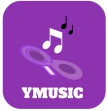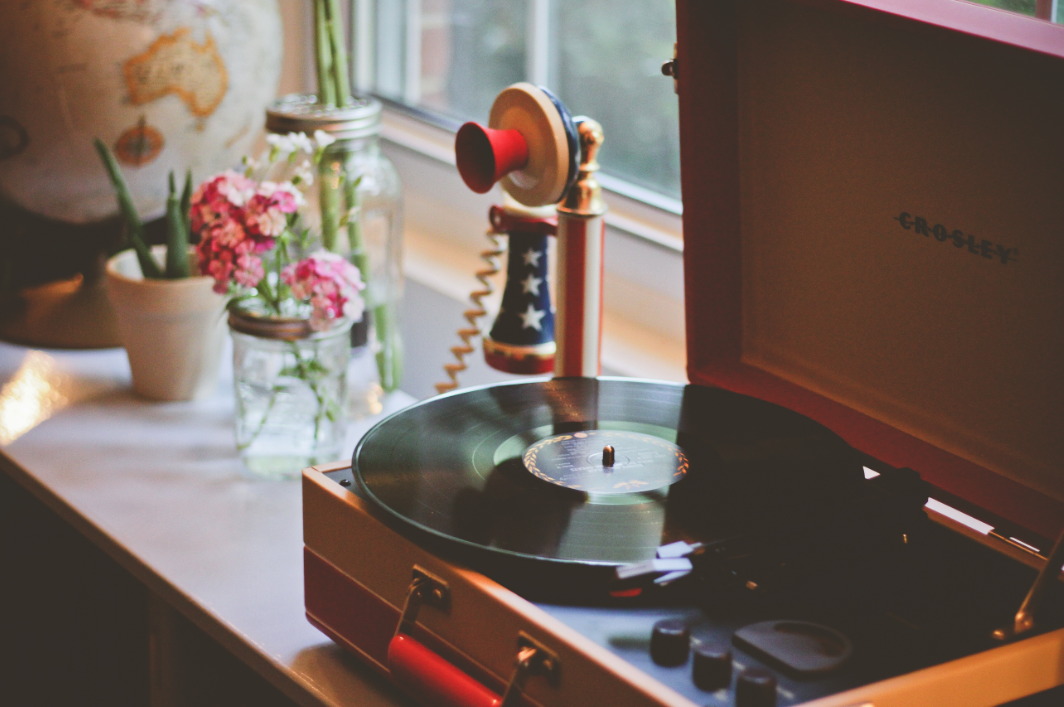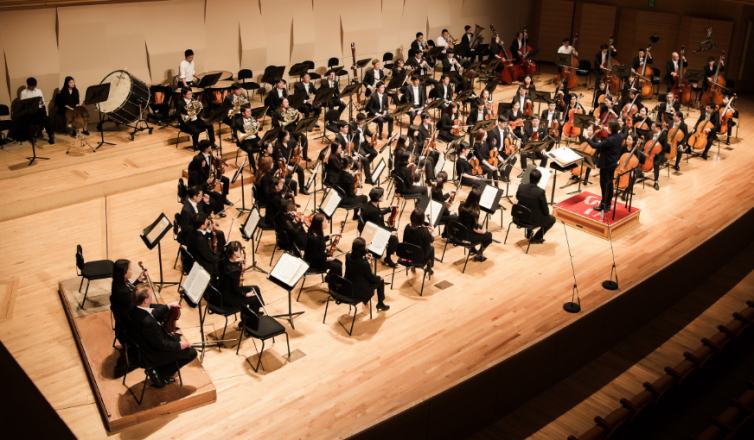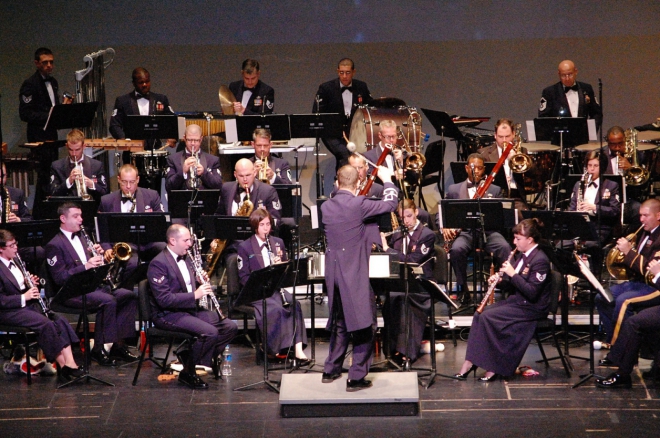Your personal music search space.
Augment your understanding of music.

______________________________________________________________________________

YMUSIC SEARCH ENGINE
Music theory is studied in music schools, yet beyond itself, it evokes realities that are familiar
to all music listeners: from rhythm and harmony to emotions, discover why music is capsizing many hearts.
AROUND ELEMENTARY MUSIC THEORY, FROM ORCHESTRATION TO NEUROSCIENCE
WHY MUSIC? QUALITY ESSAYS ON MUSIC LISTENING FOR AVID READERS
THE BASICS OF MUSIC: BASS

Do you want to discover music with a search engine presenting features based on musical criteria, in order to know better your own individual music tastes? Try the YMusic search engine for free and explore thousands of titles: use YMusic in order to more easily find more music you could potentially like without being forced to spend too much time searching for it.
FROM THEORY AND PRACTISE TO SALES AND DISTRIBUTION: HOW IS MUSIC PRESENTED IN A PHYSICAL FORM?
The oldest physical medium on which music was first recorded and kept was ‘long plays’, which were discs played by a phonograph, later called the record player, then the turntable. The phonograph (the word comes from Ancient Greek and means 'sound writing') appeared in 1877 and was at first mechanical. The first phonographs were made by Thomas Edison. Another American engineer, Emile Berliner, created similar machines called phonographs or Gramophones (from the name of the trademark).
Edison was an engineer and also an entrepreneur. In 1896, he founded the National Phonograph Company (Thomas A. Edison, Inc.) to produce a phonograph for every American house (as he said) and Edison Records began to make the corresponding discs. The company stopped operating in 1957 (bought by McGraw Electric, it became a general manufacturer of electrical products).
In 1901, Berliner founded his own record company to produce his own devices and vinyls: the Victor Talking Machine Company. That company was bought in 1929 by General Electric (founded by Thomas Edison) and became RCA Records. RCA Records was sold to another company, Sony Music Entertainment (part of the Japanese company Sony Corporation), in 1985. Let us notice that Victor Records recorded classical musicians like Sergei Rachmaninoff but also Jimmie Rodgers and the Carter Family, the founders of country music.
The phonographs soon became electrical and later portable. Their forms varied a lot through time - the most obvious change being the disappearance of the bell or horn. The manufacturing of phonographic discs also evolved over the decades. Discs were first made with metal, shellac, wax and later with thermoplastic materials. These last products were known as 'vinyls' and were produced massively from the 1950s to the 1990s.
The discs became more and more reliable, durable and lightweight: the first disc for phonograph could contain only some minutes of music, the latest vinyls offered more than one hour of music. From the beginning, the marketing around phonographs and phonographic records was particularly strong. Edison himself was an evangelist for his own products, saying : 'I want to see a Phonograph in every American home!' and his company offered free trials to create demand. Also, the sleeves of the records, for example those made by Victor, were considered by fans as artwork.
After the arrival of the compact disc, vinyls nearly died out, althought it experienced some 'revival' during the years 2010s as a trendy 'retro' product. The compact disc was invented in 1966 by the American inventor James T. Russell, who protected his inventions by using patents. The compact disc was the first system to record digital information on an optical transparent foil whose contents is read by a powerful halogen lamp.
A Canadian company (Optical Recording Corps) and after that, two big corporations, Sony Corporation (Japan) and Philips N.V. (Netherlands), licensed Russell's patents. The two last companies engaged creative engineers to design a disc based on the technology invented by Russell. The first prototypes appeared in 1974. The technology was presented in 1979 in Brussels (Belgium), during the Convention held by the Audio Engineering Society.
That year, Philips signed a contract with the British company Polydor Records (a branch of the Deutsche Grammophon company created in 1924). The first results included the first pressing test in 1979, the first commercial operation in 1982 and the pressing of the first popular music work in 1986. Technically speaking, a compact disc is a circular piece of polycarbonate plastic and it weighs around twenty grams. The surface containing the digital musical informations is protected by a film of lacquer (a liquid made of shellac dissolved in alcohol or of synthetic substances). Its speed reaches 1 229 Mbits per second. Compact disc readers were the first music readers to be included in computers or cars.
From 1994, the compact disc began to decline because of the arrival of internet-based distributions in the field of music, with the MP3 file format and content delivery platforms (in 1999). These platforms are characterised by their direct nature. They offer the chance to any composer to be known directly by new audiences worldwide, without being published and distributed if they cannot afford the costs of the services offered by music publishers and retail outlets. For artists who chose to sign a contract with a label, rights management became a more complex reality (it already was). For music lovers who do not especially want to owe music, music listening became totally free over a period of some years. That is totally new in the music industry, as Edison and Berliner had launched the basis of a very successful market.

Do you want to discover music with a search engine presenting features based on musical criteria, in order to know better your own individual music tastes? Try the YMusic search engine for free and explore thousands of titles: use YMusic in order to more easily find more music you could potentially like without being forced to spend too much time searching for it.
ELEMENTARY NOTIONS OF ORCHESTRATION: HOW THE ORCHESTRA IS TELLING A STORY
Orchestration can be defined as the distribution of music notes between the different instruments of the orchestra. It has specific techniques, and books explain them step by step. An orchestrator knows how an orchestra plays and thinks, plus what the conductor does faced with a new score, that is why orchestration is craft as well as art.
The orchestra tells a story. Listening to a simple piece like 'Peter and the Wolf', written for children, it is easy to understand. A piece of orchestral music may also be compared to the breath of a living being, having its own soul. Indeed, each composer has a personal way to combine ideas to obtain a unique result.
Orchestration is a craft in the sense that it must manage general elements for each instrument, like horizontal continuity (the whole piece must have a meaning), instrumentation (the piece must take into account the technical and emotional limitations of the performers), literacy (the score must be written in such a way that performers can read it easily) or inner ear (the composer, reading scores to find inspiration, must be able to understand them at first sight). There are also orchestration rules that are conditioned by the music genre in which composers want their compositions to belong. For instance, a composer working for television will write pieces of music that sound ‘timeless’, whether they are used in a live show or in a science fiction sitcom.
Besides elements of craft that everyone may use, an orchestrator must have personal resources that are the fruit of reading (orchestration books), ideas captured using imagination and a way of writing that reflects his individual musical personality.
Let us notice that today as yesterday, even with the rising of atonal music, numerous composers are inspired by the orchestration techniques that rule classical music composition: John Rutter or Karl Jenkins, for example. However a lot of composers think that the pentatonic scale is not enough any more. They use computer software to explore other ways to orchestrate music pieces. Used carefully, the computer can really help, even if a piece written with the computer will generally not sound the same if it is played by an orchestra.
Orchestration is good when the composer is satisfied with the texture and the balance of a piece of music and with the function of each instrument inside the musical work. Texture is linked to the general aspect of the score: how do the different instruments of the orchestra combine to produce the melodic line (that one can be monodic, polyphonic/contrapuntal, etc.)? Balance is the dynamic relationship between the different instruments that must be heard. The function is defined when each main element of the composition is linked to a specific instrument: for example, the composer decides that a syncopation will be produced by the horns and arpeggios by the flutes.

Do you want to discover music with a search engine presenting features based on musical criteria, in order to know better your own individual music tastes? Try the YMusic search engine for free and explore thousands of titles: use YMusic in order to more easily find more music you could potentially like without being forced to spend too much time searching for it.
ELEMENTARY NOTIONS OF ORCHESTRATION: WHAT IS ORCHESTRATION?
In an original broadcast recorded at Carnegie Hall on March 3rd, 1958, well-known composer and conductor Leonard Bernstein explained that orchestration is a word which has various meanings for very many people. Basically, the part of music theory which is related to orchestration answers to questions like: 'How will the composer arrange his music?', 'How many instruments and performers will the orchestra include?', etc. Introducing 'Capriccio Espagnol' by Rimsky-Korsakov, Leonard Bernstein explains that the music the composer had in his head was made up of four ideas : two tunes and two Spanish rhythms that he gave to different instruments, combining them in a peculiar way.
Mr. Bernstein explains that a good orchestration is the best possible orchestration for a piece of music that is, by nature, unique. To obtain such a result, all the music notes must be 'dressed up' so that they can be heard in an effective way. It demands that the composer understands how to handle each instrument separately (what can the instrument do or not?) and all instruments together (what is the right balance for each one)? The composer's main problem is choice. Which instrument in an orchestra must play what and when? Sometimes it can take weeks to choose between millions of combinations of notes and instruments. When the work is very well done, the result is remembered by everyone and cannot be easily changed while guaranteeing to obtain a similar quality. Could someone imagine the beginning of Gershwin's 'Rhapsody in Blue', executed by a violin instead of being played by a clarinet?
There are two ways for composers to manage their choices. The 'family way': one writes for an orchestra that only includes woodwind or only strings. The other way is to write for different families of instruments, and the result is then similar to the one heard in a regular symphony orchestra. The first way looks like relationships between family members and the second is more like socializing, together with friends.
How can instruments be compared to family members? It is related to tone and resonance. For example, looking at the woodwind, one could distinguish "mama clarinet", little sister "piccolo", big sister "flute" and "grandfather bassoon". The comparison looks childish, but it can help to understand that each family of instruments and each instrument inside a family have a specific relationship to air.
So the choice of a specific instrument is part of the orchestration process, as well as the specific part that will be played by that instrument: for example, a violinist will execute a pizzicato by plucking a string with a finger, yet the effect that will be produced will rely on the way in which it is made, as there are several styles of pizzicato.
Do you want to discover music with a search engine presenting features based on musical criteria, in order to know better your own individual music tastes? Try the YMusic search engine for free and explore thousands of titles: use YMusic in order to more easily find more music you could potentially like without being forced to spend too much time searching for it.

THE BASICS OF MUSIC: BASS
Bass is the most recent type of sound in music history but it has met with a lot of success. In an ensemble or an orchestra, its role is to create a counterpoint. When the bass forms a counterpoint with the top line and deliberately moves in the opposite direction of the tune, there is what is called 'contrary motion'. As chords generally progress from one to another, going in the opposite direction creates interesting relationships between the chords simply by setting the bass and the tune against each other.
In Western music, tonality and chords became progressively more important and so did the bass. They became really influential during the Baroque Period (17th and 18th centuries) due to the use of the organ, which produces lower notes than any other instrument, including the deepest human voice, and which gave its name to bass pitch. Bass pitch is described as '16 foot pitch' whereas ordinary pitch is '8 foot pitch' and that nomenclature comes from the difference in the lengths of the organ pipes. Organs may produce 16 foot pitch, 32 foot pitch or even 64 foot pitch sounds, according to the ways organists position their feet during a performance.
During the Baroque Period, bass line was also introduced outside the field of church music, for example by Johann Pachelbel in the Canon in D, which is described as being 'over a basso ostinato' (because it introduces an 'ostinato bass', a bass line that is repeated in a loop) and by Henry Purcell in Dido and Aeneas (which includes both the technique of the ostinato bass and the continuous bass or 'basso continuo'). Experiments were done on stringed instruments to get them to sound deeper, but it was hard to create instruments with both deep and audible sounds. It took time. For Beethoven, the double bass instrument as we know it was a novelty and it was not until late in his career that he wrote separate parts for double basses.
Movies provide a lot of examples showing how the bass can be dominant and powerful in a classical music piece. We can mention that the 'Adagio for Strings' created by American composer Samuel Barber in 1938 can be heard in Oliver Stone's 'Platoon', filmed in 1986.
The bass line in a popular piece of music is generally its foundation. In jazz, for example, it provides harmonic and rhythmic support. There the tuba has the job of taking the bass line. Let us notice that a brilliant technique to produce a powerful bass line in jazzy pieces of music is the 'walking bass', which is related to improvisation and where improvised notes link the lowest notes of chords progression and the regular rhythm of the piece of music.
In rock and roll and in boogie-woogie, the most used bass technique is the 'ground bass': the idea is to repeat a bass phrase again and again, not exactly every time in the same way, because chords change to avoid listeners' boredom.
From the beginning of the computer music era, the bass was included in synthpop, from the 1970s, through the well-known Moog synthesizers and other analog synthesizers. Results like those obtained in Donna Summer's 'I feel love' and many other pieces of music, especially in genres like synthpop or new wave, impressed many listeners. Synthesizers have ancient roots: a device was developed in 1769 by Wolfgang von Kempelen in Austria, which performed elementary speech synthesis in a mechanical way. Finally, let us notice that a synthesizer is a combination of a keyboard and a sequencer, sequencer which records notes played on the keyboard, creates loops with them, changes the speed, makes combinations with other sequences and so on.